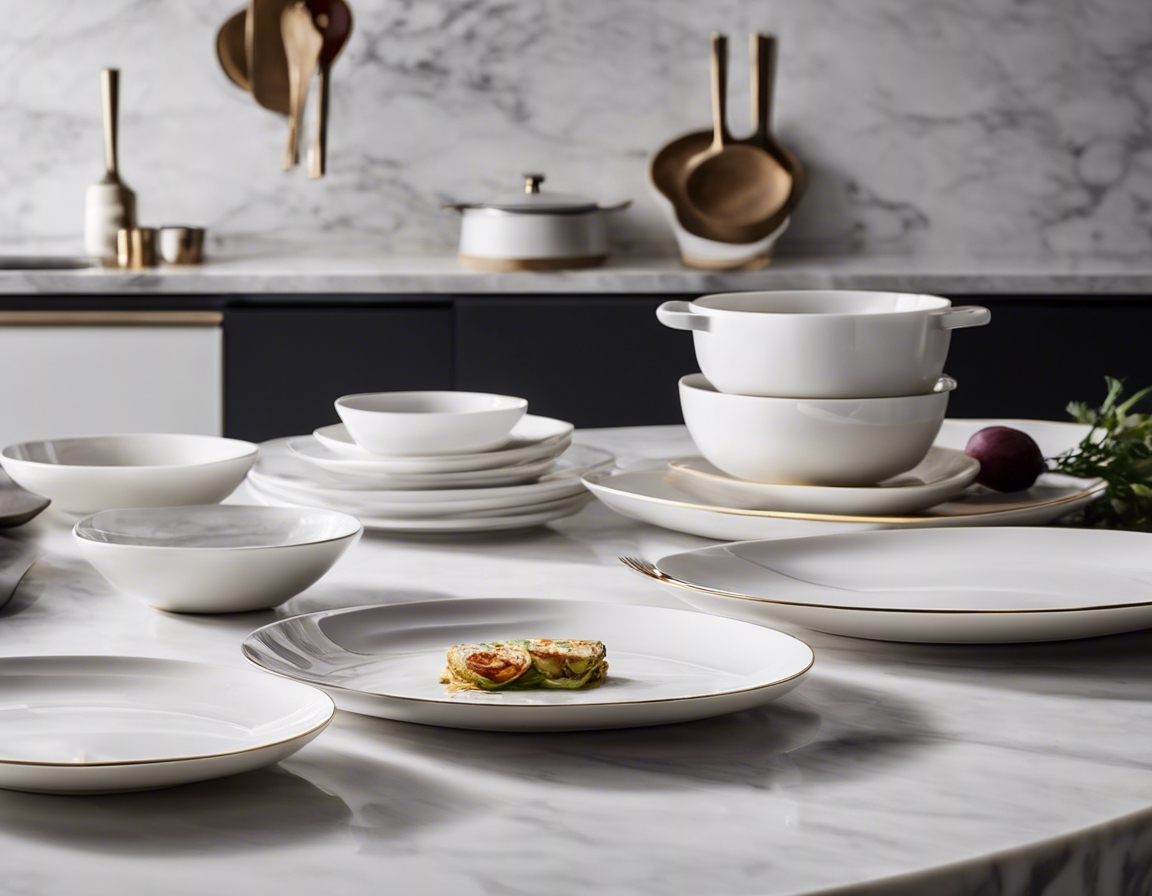The evolution of music plates: from vinyl to digital
The journey of music plates from their physical form to the digital realm is a fascinating tale of technological innovation and cultural shifts. This evolution has transformed the way we create, distribute, and enjoy music.
Vinyl records began as a revolutionary product that allowed people to enjoy recorded music in their own homes. The introduction of the phonograph by Thomas Edison in 1877 set the stage for the vinyl record, which would become the dominant music format for much of the 20th century.
The mid-20th century marked the golden age of vinyl, with improvements in fidelity and the introduction of the long-playing (LP) record. Vinyl became synonymous with high-quality audio and was the preferred medium for artists and audiophiles alike.
The Shift to Magnetic Tape
Reel-to-reel tape offered a new way to record and listen to music, with better sound quality and the ability to record at home. This format was popular with professionals and enthusiasts who sought the highest fidelity.
The compact cassette made music portable, leading to a cultural shift in how people listened to music. The Walkman, introduced by Sony in 1979, epitomized this change, allowing people to listen to music on the go.
The Dawn of Digital: Compact Discs
Introduced in the early 1980s, compact discs (CDs) marked the beginning of the digital era in music. CDs offered unprecedented sound clarity and were marketed as being virtually indestructible compared to their analog counterparts.
By the 1990s, CDs had become the most popular music format, with consumers embracing the convenience and quality of digital sound. The CD player became a staple in homes and cars, and the CD-ROM revolutionized data storage and software distribution.
Music Goes Online: The Digital Age
The MP3 format compressed audio files without a significant loss in quality, enabling music to be easily shared and downloaded over the internet. This led to a seismic shift in the music industry, with platforms like Napster at the forefront of the digital music revolution.
Streaming services like Spotify and Apple Music have become the norm, offering access to vast libraries of music for a subscription fee. This model has changed the way music is monetized and has challenged traditional distribution methods.
The Modern Music Experience
Today, high-resolution audio formats provide listeners with studio-quality sound, catering to the audiophile market and those seeking the best possible listening experience.
Despite the dominance of digital, vinyl has seen a resurgence in popularity, with many music enthusiasts seeking the warmth and nostalgia of the analog sound. Record stores and vinyl clubs have become cultural hubs for a new generation of vinyl collectors.






Comments (0)